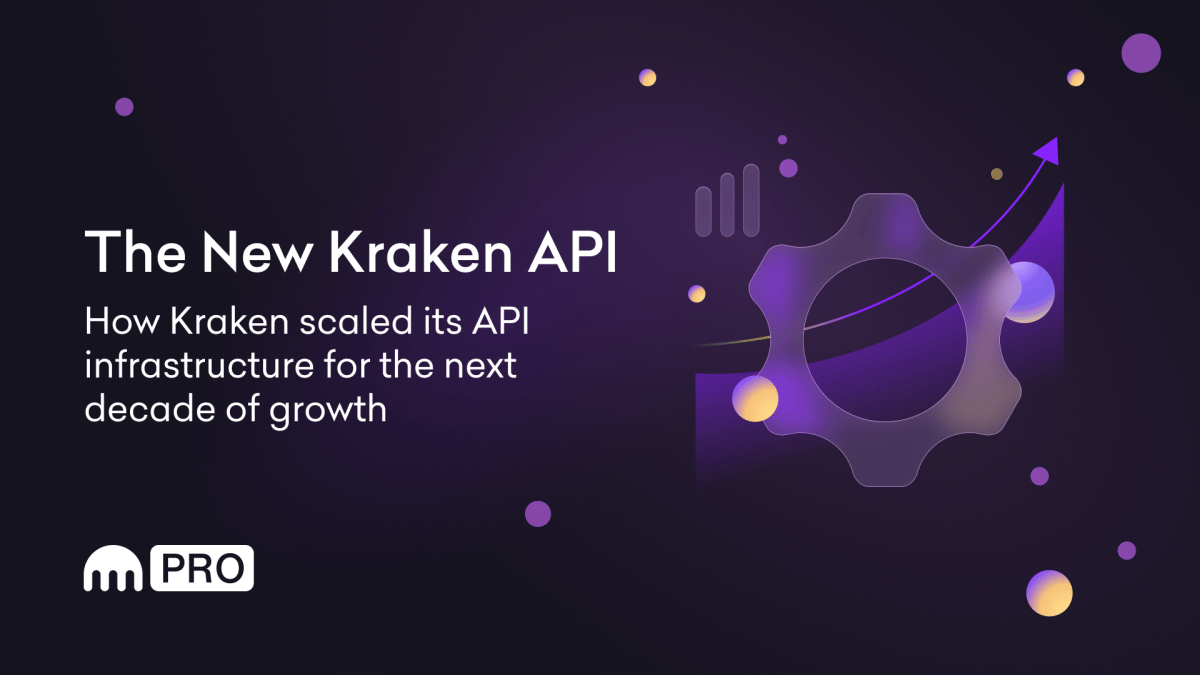Kraken API: The Primacy of Performance

Kraken puts significant emphasis on instrumenting code to watch and understand our system performance under heavy, real-world conditions. We also employ competitive benchmarking to confirm how Kraken API stacks up over time.
Speed and Latency
We measure trading speed in the form of latency. Latency is the round-trip delay and we define it as the time between a trading request (e.g., add order) being sent by client systems and it being acknowledged by the exchange.
Unlike traditional exchanges, crypto venues are generally less geographically concentrated and don’t offer full colocation. In many cases, they are entirely cloud-based.
Latency-sensitive clients will deploy code wherever it is most physically proximate to the venue. Therefore, a fair comparison includes measuring latency from the region most relevant for that specific venue.
Latency will also vary between trading requests, even on a persistent connection between a single client and the exchange. This is due to both differences and variability in internet-based trading, as well as how the exchange is handling load.
Here you see Kraken’s best-path P25 latency (25% of all trading requests had a latency at or under the milliseconds indicated) versus some of our top competitors in different regions, normalized for location, during a March baseline measurement.

Our baseline round-trip latency of about 2.5ms represents a 97% improvement vs. Q1 2021.

Stability
As mentioned before, real-world performance under heavy load is as important, if not more important, than best case performance and absolute latency figures.
Improving execution cost, reducing slippage, and managing market risk depends on minimizing the variability of latency between each trading request. We call this variability jitter, and we measure the difference between different latency percentile figures for the same sampling time frame.
By measuring jitter with P25 and P95 latencies, we capture a significant performance range and observed behavior over time. For example, we measured how our jitter compared with top competitors during the week of November 5-12, 2022, when market volatility was acute due to unraveling of FTX.
Our trading infrastructure performed exceptionally well, despite the dramatically increased volatility and load. Our jitter never exceeded 30ms. Other exchanges slowed to several hundred milliseconds, or requests timing out entirely as indicated by the vertical spikes.

Throughput
Throughput reflects the number of successful trading requests (add order, cancel order, edit order, etc.) handled by an exchange in a given amount of time.
Similar to latency, we discuss throughput in either theoretical or observed terms.
Observed throughput is more relevant since it reflects many interrelated factors including rate limits. We set these limits to prevent DDoS attacks and keep traffic comfortably within theoretical limits.
Here we’ve illustrated the over 4x improvement in our maximum observed throughput (Q1 2021 vs. Q1 2023). Already increased from 250k requests/min to over 1mm, there is significant headroom left between this level and our dramatically improved theoretical maximum throughput.

Contact us to learn more about how Kraken API can work for you.
This post is commissioned by Kraken and does not serve as a testimonial or endorsement by The Block. This post is for informational purposes only and should not be relied upon as a basis for investment, tax, legal or other advice. You should conduct your own research and consult independent counsel and advisors on the matters discussed within this post. Past performance of any asset is not indicative of future results.
© 2025 The Block. All Rights Reserved. This article is provided for informational purposes only. It is not offered or intended to be used as legal, tax, investment, financial, or other advice.



